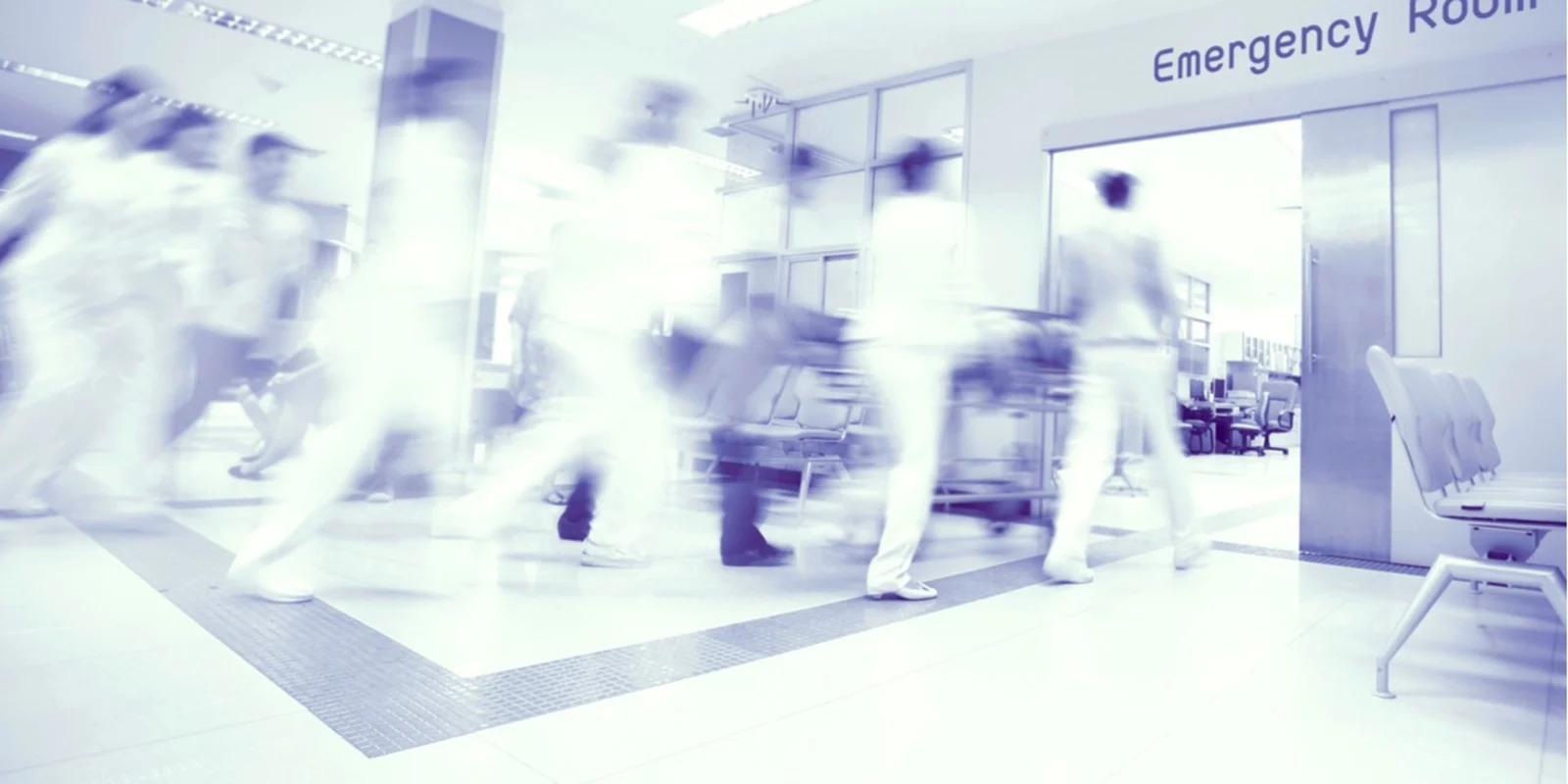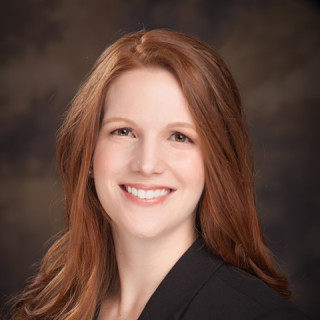
Somehow, I made it to my 4th year of medical school before I saw my first code blue.
I had no experience in emergency medicine before medical school, and my chosen specialty is about as far from critical care as you can get. It wasn’t until my ER rotation that I got the chance to absorb what it means to care for an emergently sick patient. (ACLS, it turns out, was not quite adequate preparation for this.)
I was on my second shift in the ER around 2am. A call came in: restrained passenger in a motor vehicle accident, ETA 5 minutes. My resident was already out of his chair and moving toward the door, and he motioned for me to follow. I stayed on his heels on the way to the trauma bay.
As I pulled on a mask, gown, and gloves, I watched a mass of nurses and physicians move briskly around the room, gathering supplies and staking out their positions in a tight circle around the empty bed. I recognized one of my classmates who appeared with the trauma team, and we exchanged curt nods as we made our way to our respective spots.
“Stand here in this corner,” my resident advised as he took his spot at the head of the bed, laryngoscope blade gripped tightly in his hand. For a moment, there was quiet. We prepared — each in our own way, but shared in our determination.
Then, footsteps pounded down the hall. A chorus of voices, backed by the metronome of a chest compression device, crescendoed as the medics hustled our patient into the room. Thus began the opening act of a beautiful and terrible choreography; a barely-contained chaos with a singular focus.
The room exploded into frantic but carefully coordinated activity, and the medic shouted out our patient’s story. She was young, in her mid-30s. She and her husband were driving home from a night out together. They were hit by an oncoming car. She went into cardiac arrest at the scene. She had been down for nearly 20 minutes.
We worked. Hard. A thin plastic tube forced her lungs to accept the oxygen we offered. Epinephrine coursed through her veins on a 2-minute repeat. We did compressions until sweat dripped into our eyes and our muscles burned — and then did it again. As I rested, I willed the ultrasound to show something; anything. A twitch. A quiver. A sign that the hope to which I clung would make itself known inside her chest.
It wasn’t enough.
The room quieted in an unceremonious decrescendo. I put my hands on my knees as I tried to get back the breath that had just escaped my lungs. Out of the corner of my eye, I saw the chaplain follow our nameless patient out of the room, laying a hand on a strangely motionless arm. I wasn’t quite sure where she was going, where she had gone. I squeezed my eyes shut.
Then, the second call came: restrained driver in a motor vehicle accident, ETA 5 minutes.
Her husband.
After the briefest of intermissions, the symphony resumed as the group rushed to prepare the room once more. I locked eyes with my resident for a moment — what could we say? — as I headed back to my corner.
The medics appeared, talking to a wide-eyed man on a stretcher as they entered the room at less than a breakneck pace this time. He had mild hip pain, they reported. Assessments were hurled at the nurse recording the events as the team performed a well-practiced physical exam. The patient gazed wildly around the room, searching for a connection; he had not yet answered a question. The team pressed him to tell them his name, how he was feeling, whether he had any pain.
He cleared his throat, and his voice rang out: “My wife. Is she okay?”
The assessment continued, but the undercurrents of the rhythm faltered briefly. A physician murmured that a different treatment team was taking care of his wife. A nurse turned her head and ferociously wiped away a tear as she extracted blood. I lost my breath again for a moment.
Then, just as quickly, the rhythm resumed, and the assessment continued. Tears coursed continuously down our patient’s cheeks. We worked harder, knowing there was no salve we could offer for the source of his pain.
He left the trauma bay for his hospital bed. His body would recover.
I helped clean the room with the mechanical elegance of a robot. In my colleagues, I saw flashes of things repressed, if only to keep moving — a spark in the eye of the resident who would write the notes; the briefly bowed head of the attending who would go with the chaplain to deliver the news; the profound silence of the team scrubbing and purging the room. They would lean on each other; they would build scar tissue over their wounds. They would lead our patient down the path with them, and they would manage, in their own time. As, I hoped, would I.
Hands reddened and bruised from doing compressions greeted me when I awoke, a sharp and potent reminder of the life they had so briefly held only a few hours before. While I waited for them to heal — because my body, too, will recover — I used them to tell this story of the dichotomy of caring for patients. Sometimes, the physical wounds to which we tend are the gravest injuries our patients bear. In other cases, corporeal trauma is but a footnote to the expanse of an injury suffered. Either way, our patients’ lives are inextricably intertwined with our own, and the suffering and joy we share with them can sometimes be too much to bear. It is in these moments, however, that we are perhaps most fully aware of the great strength and fragility of our humanity — that which truly gives us the power to heal.







